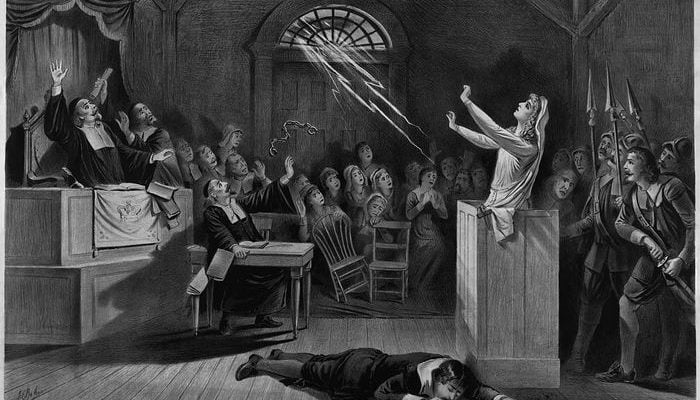There are moments in history that jolt us out of our everyday routines. Moments that make us question human nature itself. One such time was during the Salem Witch Trials. A grim period when a frenzied hunt for witches engulfed the town of Salem, Massachusetts.
The Salem Witch Trials were a series of hearings and prosecutions of people accused of witchcraft between 1692 and 1693. This bizarre episode marked a time of panic and fear, as innocent lives were lost to suspicion and superstition. It’s a dark reminder of the dangers of mass hysteria and the tragic consequences of false accusations.
To understand the trials, we need to rewind to the societal context of that period. The settlers were living in a strict Puritan society, fraught with fear and suspicion, making the perfect brew for a witch hunt.
But why does this chapter of American history continue to captivate us? What makes the tale of Salem’s witches so intriguing? Perhaps, it’s the mix of terror and tragedy, or the stark reminder of the power of belief and fear. Here, we’ll unravel 10 disturbing facts about the Salem Witch Trials, some of which may surprise you.
10 – The First Accused Witch was a Slave
At the epicenter of the witch hunt was a woman named Tituba. A name that should never be forgotten in Salem witch trial facts. Originally from Barbados, Tituba was an enslaved person in the home of Reverend Samuel Parris, the local minister. In January 1692, after the minister’s daughter and niece started displaying strange behavior, Tituba was one of the first to be accused of witchcraft.
Tituba’s exotic origins, coupled with her marginal status, made her an easy target. And when she confessed to witchcraft, supposedly under duress, it set a dangerous precedent. The confession supported the community’s fear of an active witches’ coven in Salem. She spun a vivid tale of how the devil had forced her into signing his book, in which she saw other Salem villagers’ names.
In the grim context of the witch trials, Tituba’s case stands out as an example of how fear can be stoked to manipulate and marginalize the most vulnerable. It’s a reminder of the role class and race played in the accusations and one of the most crucial facts about the Salem witch trials.
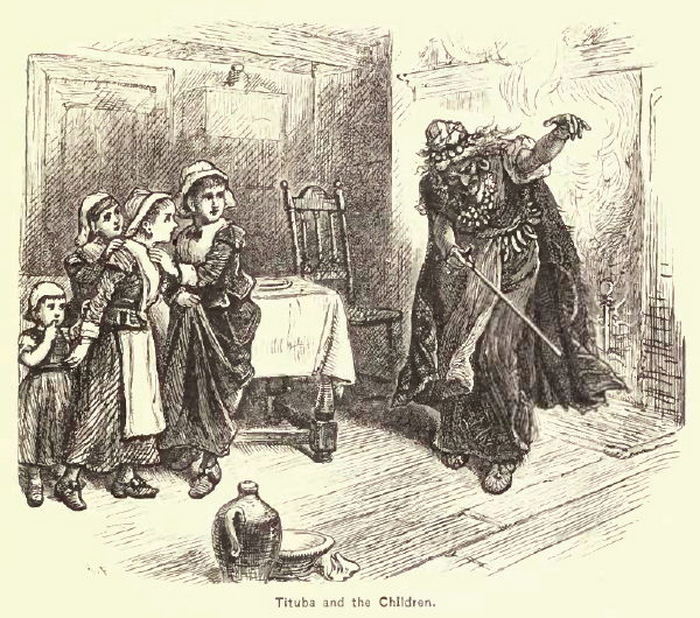
09 – Familiarity with Witchcraft Trials
The idea of witch trials was not novel in 1692. In Europe, witch trials had been held sporadically since the 14th century. The most infamous was the Spanish Inquisition, which had led to thousands of executions. These events shaped an understanding and fear of witchcraft, which migrated with the settlers to the New World.
What made Salem stand out was the scale and intensity of the accusations. Over 200 people were accused, and 20 were executed. It was a rate and brutality unmatched in the colonies. Additionally, gives the Salem trials their distinct and chilling place in American history.
Also, it wasn’t just Salem. The witch hunt hysteria spread to other Massachusetts villages such as Andover, making this event a significant part of the broader narrative of the colonial period. The history of Salem Witch Trials is a stark reminder of the paranoia that can drive communities to unthinkable actions.
08 – No Witches were Burned at the Stake
Contrary to popular belief, no accused witches were burned at the stake in Salem. That’s right, one of the most pervasive myths about the Salem witch trials is, in fact, false. The penalty for witchcraft in Massachusetts was hanging, not burning.
Burning witches at the stake was more common in Europe, where it was part of the judicial process. In contrast, the Puritans of New England followed English law, which prescribed hanging for convicted witches. So, all the 19 people executed during the trials were hanged, not burned. Another man, Giles Corey, was pressed to death under large stones for refusing to enter a plea. This grim reality offers us an insight into the brutal methods of justice prevalent in the 17th century and a key fact about Salem witch trials.
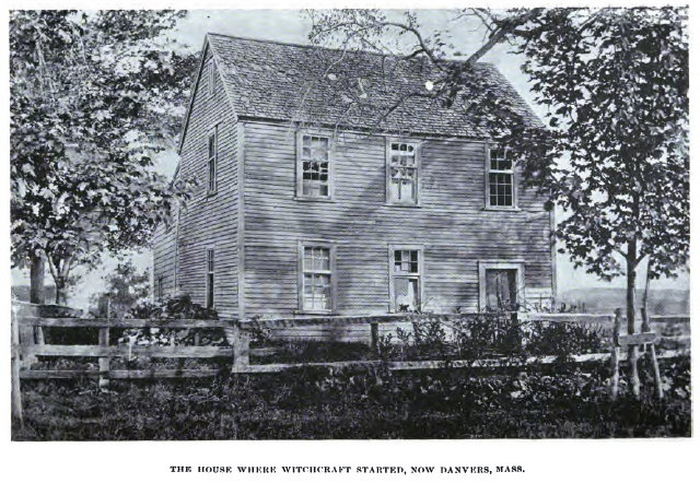
07 – The Role of Ergotism
There’s a theory that offers a scientific explanation for the trials – ergotism. This is a condition caused by consuming rye grain infected with the fungus Claviceps purpurea. Which contains compounds similar to LSD. Symptoms of ergotism include hallucinations, fever, and muscle pain.
Linnda Caporael, a scientist at New York’s Rensselaer Polytechnic Institute, suggested in 1976 that ergotism might have caused the physical afflictions witnessed in Salem in 1692. It’s believed that Salem’s witchcraft accusations began after a group of girls displayed bizarre behavior, including fits and screaming.
Ergotism could account for these symptoms and the visions of demonic figures. While this theory isn’t universally accepted and doesn’t explain the whole hysteria, it provides a fascinating insight into how natural phenomena can trigger social crises. And it adds another layer of intrigue to the history of the Salem Witch Trials.
06 – Not Just Women were Accused
When we think about Salem’s witches, we usually picture women. But did you know that men were also among the accused? Yes, it’s true. In fact, six men were found guilty and executed during the trials, including a former minister, George Burroughs. He was accused of being a ringleader of the witches, and his execution was a particularly controversial event. The brave minister recited the Lord’s Prayer perfectly at the gallows, a feat that witches were believed to be incapable of, but it didn’t save him from the noose.
This shows that the trials were not a straightforward case of misogyny or fear of women’s power, as is often thought. Men, too, could be seen as a threat and suffer the consequences, proving that the trials were more about social control and fear of the other.
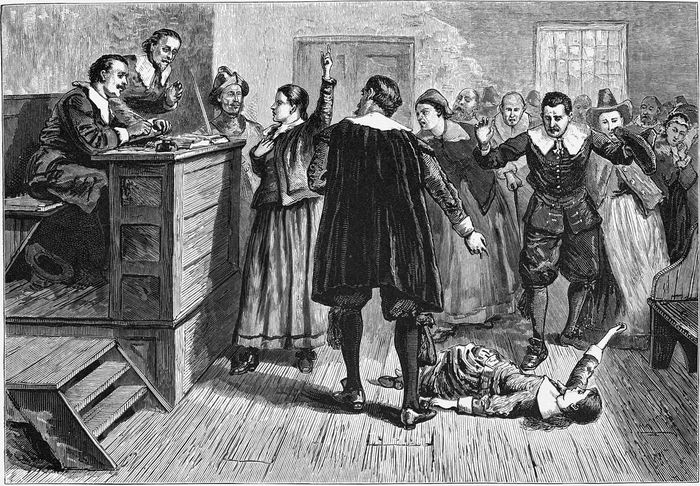
05 – Spectral Evidence was Allowed in Court
This is one of the most peculiar aspects of the trials. Witnesses during the Salem trials were allowed to present “spectral evidence,” a type of testimony in which they claimed to see a person’s spirit or specter performing witchcraft.
This kind of evidence wouldn’t stand in any modern courtroom, and it was even considered dubious at the time. However, in the heightened fear and hysteria of 1692 Salem, it was permitted. Spectral evidence played a significant role in the convictions, adding a chilling twist to the Salem witch trial facts.
The allowance of spectral evidence shows how fear and panic can disrupt the rational functioning of institutions, including the legal system, and lead to gross injustices. It’s a stark reminder of the importance of proper judicial process and the danger of letting fear overrule reason.
04 – Children were both Accusers and Accused
It’s a well-known Salem Witch Trials fact that the initial accusers were children, specifically a group of girls led by Elizabeth Parris and Abigail Williams. Yet, children weren’t just accusers. They were also among the accused. Dorothy Good, at the tender age of four, was the youngest person to be accused of witchcraft during the trials.
Dorothy was interrogated for several days, and she ended up implicating her own mother, Sarah Good, who was later hanged. It’s hard to believe, isn’t it? This brings to light how the hysteria escalated to such an extent that even the innocence of childhood wasn’t spared in the madness.
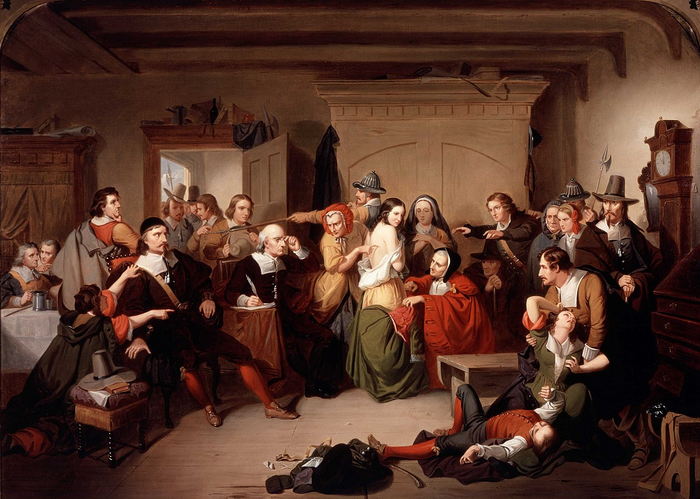
03 – “Touch Test” was a Method to Identify Witches
Here’s another intriguing fact about the Salem Witch Trials: the so-called “touch test”. This was a method used during the trials where the afflicted person was touched by the accused witch. If the victim’s fit ceased upon being touched, it was taken as a sign that the accused was the witch afflicting the victim.
However, it’s easy to see the flaws in such a method. For instance, what if the victim’s fit simply coincided with the touch? Or worse, what if the fit was entirely fabricated? This test was clearly not rooted in any scientific or logical method, but was a product of the pervasive fear and irrationality of the time.
02 – Witches Still Bring Tourists To Salem Today
While the witch trials were a dark period in Salem’s history, today, the city has turned its past into a thriving tourist industry. Each year, hundreds of thousands of tourists flock to Salem, colloquially known as Witch City. They come to explore the rich and chilling history of the trials. Walk the historic streets, and visit the infamous sites.
Among these sites are the Witch House, the only building in Salem with direct links to the trials, and the Salem Witch Trials Memorial. The town also hosts the Festival of the Dead, a series of events exploring death’s macabre customs, heretical histories, and strange rituals. Today, rather than shying away from its past, Salem embraces the witch trials history as a cautionary tale against mass hysteria and unjust persecution. In a way, the Salem witch trials facts and their legacy continue to live on! And draw people into its unique narrative.
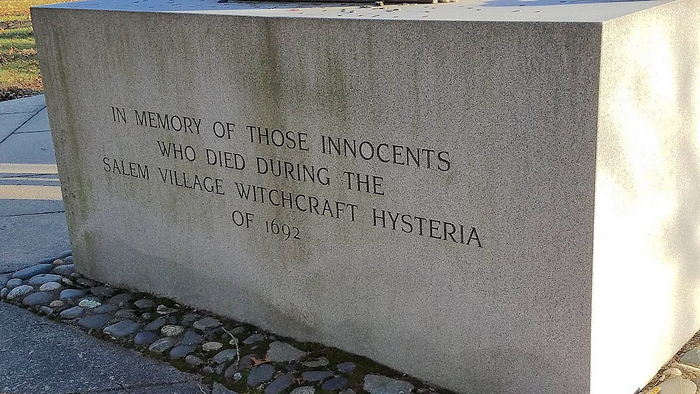
01 – Bridget Bishop: The First Victim of the Trials
Bridget Bishop, a woman known for her independent spirit and colorful attire, was the first person executed for witchcraft in the wake of the Salem witch trials. Bishop was accused of bewitching five young women, Abigail Williams, Ann Putnam Jr., Mercy Lewis, Mary Walcott, and Elizabeth Hubbard, on the date of her examination, April 19, 1692.
Bishop’s case was a cocktail of societal norms and gender roles, simmered with a dash of fear and mass hysteria. As a self-sufficient woman who ran multiple taverns and had been married three times, she was already a figure of suspicion in the conservative Puritan community. Her flashy attire, characterized by an unusual black cap and red bodice, flew in the face of the modest, muted clothing of her peers, making her a beacon of difference and suspicion.
During her trial, Bishop, maintaining her innocence, is quoted as saying, “I am as innocent as the child unborn.” Unfortunately, she was found guilty and hanged on June 10, 1692, at Gallows Hill.
Bridget Bishop’s story underscores the severity and rapid escalation of the Salem witch trials. Her conviction set a dangerous precedent, making the nebulous and unspecific charge of witchcraft a death sentence in the fraught social climate of the time. Today, her story serves as a stark reminder of the importance of due process and the dangers of unfounded accusations.
The Tale of Salem Witch Trials Today
As we draw the curtain on this chilling journey through the annals of American history, it’s vital to ponder on why the Salem witch trials still resonate with us, centuries later. It’s a stark reminder of a time when fear and hysteria reigned, where neighbor turned against neighbor. And the simple accusation of witchcraft could lead to a death sentence.
The Salem witch trials showcase the dangers of mass hysteria, prejudice, and a compromised justice system. In the face of fear, the Salem community turned on each other, targeting the marginalized, the different, and the outspoken.
But, let’s not be hasty and paint all of Salem with a single, condemning stroke. Many residents were skeptical of the trials from the beginning. By the time the trials ended, there was a general sense of guilt and embarrassment among the people of Salem. Several jurors even made public apologies, reflecting the deep-seated remorse that had befallen the town.
Today, Salem stands as a city that’s turned its dark past into a beacon of learning. It’s transformed from a city of witchcraft panic into a hub of education about the dangers of mass hysteria and the importance of fair trials. It serves as a sobering reminder of the need for reason, evidence-based logic, and compassion in the face of fear and uncertainty.
And so, the tale of the Salem witch trials becomes an essential learning point in our history. A story of fear, injustice, but ultimately, remorse and growth. As we forge ahead into the future, it’s crucial to remember the past, to ensure that we don’t repeat the same mistakes, and always strive for fairness, justice, and understanding.


